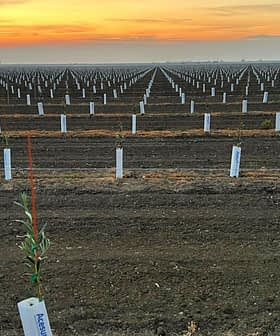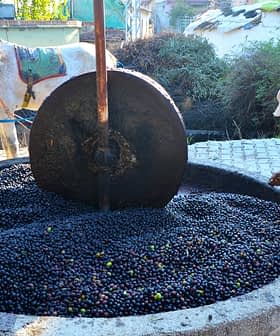A new study published in the Proceedings of the Royal Society sheds light on when and where the olive tree was domesticated (meaning the propagation of the best cultivated genotypes) and became the source of today’s much valued edible olives and olive oil.
Scientists examined the DNA of 1,797 wild and cultivated trees from the Mediterranean basin and, by analyzing the genomes, were able to create the genealogy of the trees and determine how the olive tree dissemination progressed. Three basic ancestral ‘gene pools’ of the olive tree were identified, namely the Near East, the area of the Aegean Sea and the Strait of Gibraltar.
According to the study, the degree of diversification of plastids (compartments of the plant cells containing chemical compounds) between wild and cultivated olives indicated that the transformation of the wild olive to the tame one first occurred in the northeastern Levant area of the Near East, more likely at the borders of Syria and Turkey, and then spread to the neighboring territories and the whole basin.
Although this genetic diversity is higher in the Strait of Gibraltar population of trees, the then advanced civilizations occupying the Levant territory were more competent and had enough genetic resources to succeed in domesticating the olive tree. The domestication process took place approximately 6,000 years ago, though there is evidence wild olive trees were used since the Neolithic Era, the study said.
The main difference between the wild and the cultivated olive tree is the bigger and juicier fruits of the latter, and it seems that the whole domestication process required a great deal of time and many genetic exchanges between the trees to materialize.









